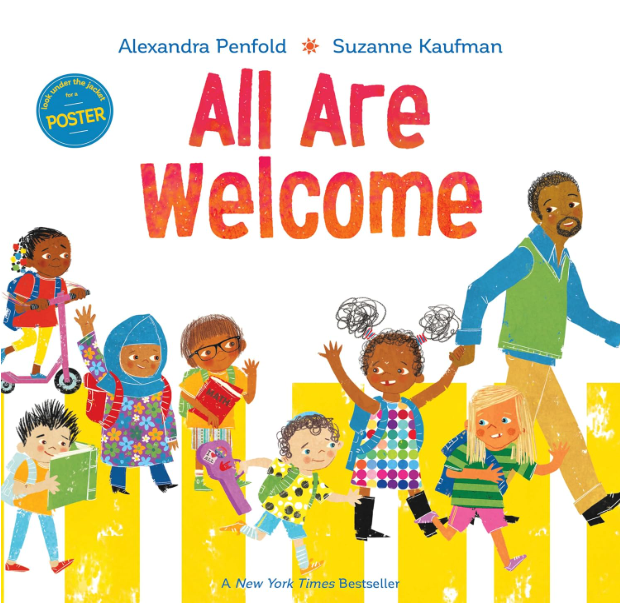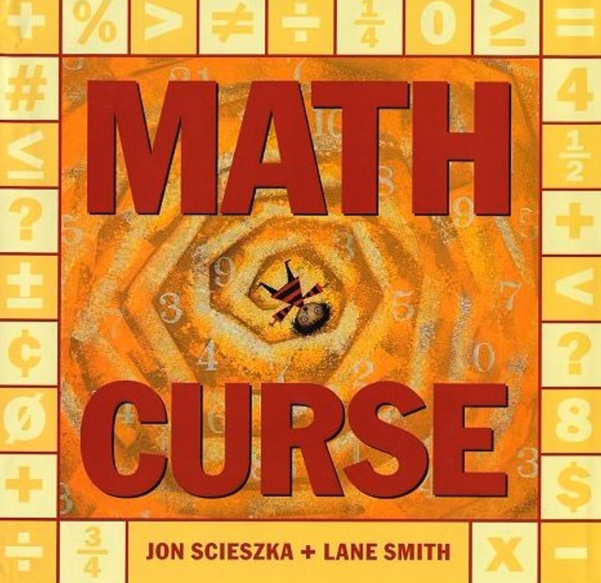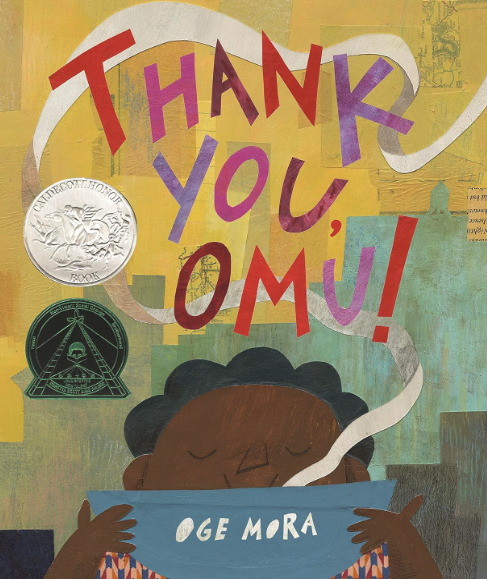All Are Welcome K (Theatre)

Art Form: Theatre
Supplies Needed
-All Are Welcome book
-Paper and Pencil
Vocabulary
Character - a person in a story or play, or an animal or object that has human qualities
Detail - an individual feature, fact, or item; a small part of something much larger
Line - a sentence that a character says in a play
Illustration - a picture in a book
Instructions
1. Read the book and choose a character that interests you. Choose a letter of the alphabet – perhaps start with A, B, C.
2. Look at the character and decide on three details about your character that start with that letter: their name, the place they are from, and something that they like. (They can start with the same letter and/or the same sound. For example: Gigi/Jackson, County/Jelly beans, and Philip/Fort Valley/flowers.) You can use clues from the illustrations, including how they look, what they are wearing, and what they are doing. Note these choices on a sheet of paper or on a device.
3. Stand or sit like the character, and imagine how the character would talk. What would their voice sound like?
4. Bring it all together: as your character, speak a line sharing the details. For example, “I am Abigail, I am from Athens, and I like asparagus, ” or “I am Bodhi, I am from Bangladesh, and I like baseball”.
5. Repeat this process for different characters in the book with letters of the alphabet.You can go in order – A-B-C – or skip around. You can also skip around the book looking for interesting characters.
Extensions
Add other details about a character, using the same letter of the alphabet. These could include favorite food, favorite toy, best friend’s name, pet’s name, and more.
Choose two characters near each other on a page. Have them introduce themselves to each other, and then have a conversation. Continue using the letter of the alphabet, and possibly
brainstorm other words beginning with that letter that you can bring into the conversation.

About
The REimagining and Accelerating Literacy through Arts Integration (REALAI) grant supports the literacy achievement of 3,200 students and 170 teachers, media specialists, and literacy coaches across six schools in Georgia and South Carolina.
In addition to professional learning for educators, this project contributes significantly to school library collections through the purchase of developmentally appropriate and culturally relevant books.
This grant also includes parent events to provide families with access to books and other content about how to support their child’s reading development.







